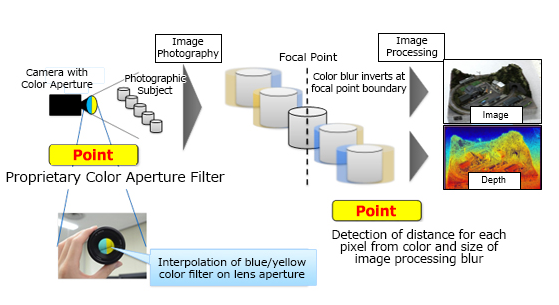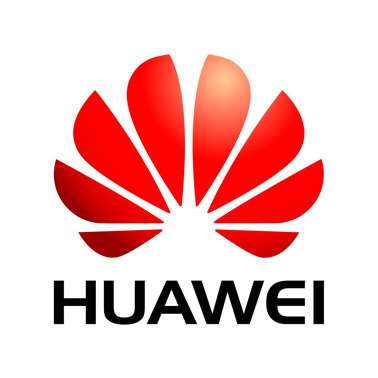Demos (May 28 and 29)
The following institutions will demonstrate their products and technologies.
Honda R&D Co., Ltd.
Personal Car Automated Driving System using Fusion Technology Combined with AI and Model-base Control
 SICK, Ibeo
SICK, Ibeo
ibeo HAD/Referecne System -- new product: Solid State LiDAR
- MaL (Mapping and Localization)
- HAD (Highly automated Driving)
- REFERENCE System
- Solid State LiDAR(NEXT)
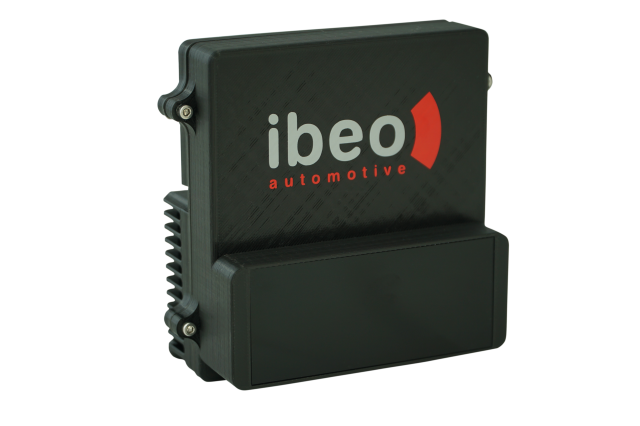
 Morpho, Inc.
Morpho, Inc.
Three methods for depth estimation on smartphones
Portrait mode is a popular feature in many recent models of smartphones; it allows users to take DSLR-like photos with shallow depth of field easily.
The basic algorithm of portrait mode consists of three steps. Firstly estimating depth, secondly segmenting the image into foreground and background, and finally blurring pixels that are part of the background. Morpho implements three methods for depth estimation. One is the classical method that uses a stereo camera. It estimates disparity from two rectified images taken by each camera, and converts the estimated disparity into depth. The other two are CNN-based methods that directly estimate depth from a single image. Generally, CNN-based methods are computationally intensive, making them slow on mobile devices. However, we have realized real-time processing on smartphones by modifying the model architecture and using our inference engine named "SoftNeuro".
We explain the above three methods with smartphone demonstrations during our demo sessions. Please visit our booth if you are interested in them.
External Links:
https://www.morphoinc.com/en

 CyberAgent, Inc.
CyberAgent, Inc.
Research at CyberAgent AI Lab
CyberAgent AI Lab is an R&D team of CyberAgent. We focus on developing cutting-edge technologies for internet media, digital advertising, and gaming business. Our research topics include but not limited to Machine Learning, Computer Vision, Computer Graphics, Interaction Design, and Computational Economics.
Founded in 1998, CyberAgent is a Japanese company providing various internet services. We have the largest market share in the Japanese digital advertising business as of 2019, and actively seeking a future business innovation through cutting edge technologies. Digital ads have a huge market in worldwide, and we aim at bringing state of the art image recognition technologies to revolutionize the digital ads production processes.
Come visit our booth to see our research projects and talk to our research scientists. We look forward to seeing you in the conference!
External Links:
https://www.cyberagent.co.jp/en/
https://adtech.cyberagent.io/ailab/ (Japanese)
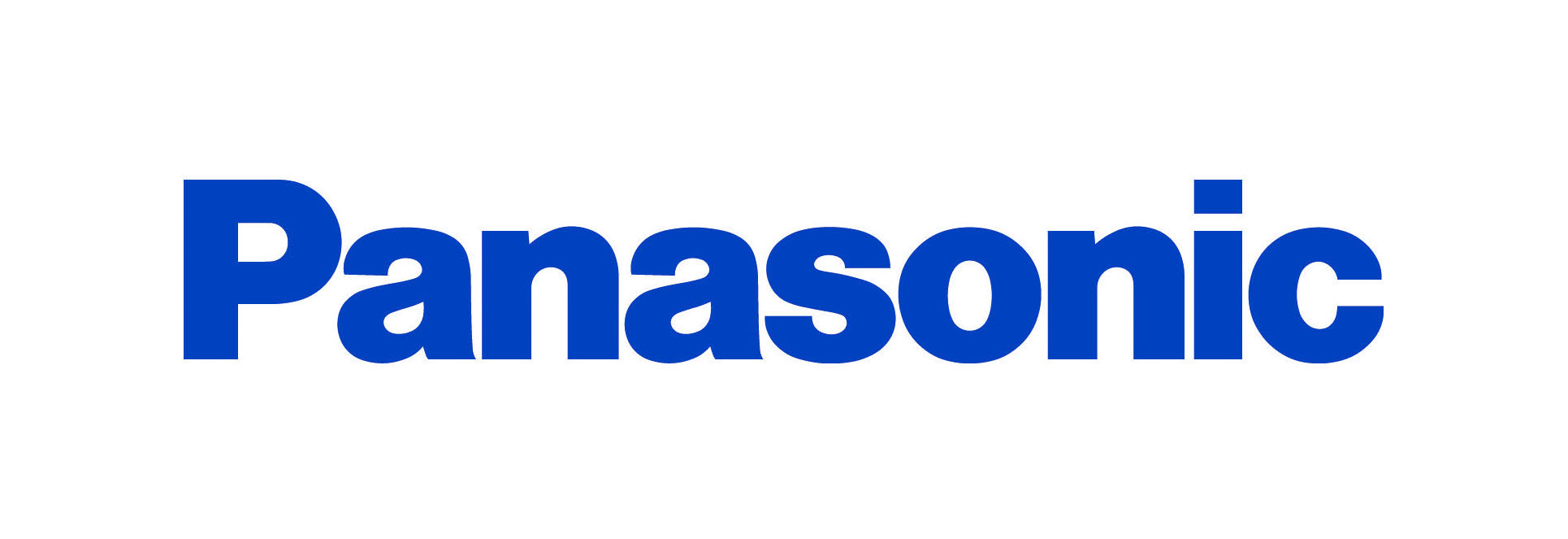 Panasonic
Panasonic
Panasonic Research and Development on Artificial Intelligence
In this research, we've developed a common platform for rapid implementation of embedded deep learning. DL/ML projects usually requires intensive computational task e.g. large number of convolutional layers. We'd like to demonstrate our challenges to achieve both low-power and low-cost DL system using various design strategy including effective quantization and pruning implementation.
External Links:
https://tech-ai.panasonic.com/en/
https://tech-ai.panasonic.com/jp/intern/ai_researcher/ (Japanese)
 Antal Innovacion Mexico, Co. and Universidad Autonoma del Estado de Mexico (UAEMEX)
Antal Innovacion Mexico, Co. and Universidad Autonoma del Estado de Mexico (UAEMEX)
Design and development of artificial vision for robot learning in the agricultural sector, to estimate crop volume. (Case study Avocados, Michoacán, Mexico)
Nowadays, the demand for avocado has increased significantly worldwide.
The price of the crop is established prior to harvesting, often ignoring the amount of fruit per production period. Producers partially counteract this uncertainty by carrying out manual counting, which consumes a lot of time to provide the estimated number.
As an alternative method, an artificial vision system based on convolutional neural networks has been developed to be installed in a robot, which has the purpose of identifying the fruit while it is in the tree and that is adaptable to the different geographical conditions of the growing region.
This will allow the service of counting and monitoring of the avocados before being harvested, with a level of certainty that favors the sale of the production in advance, to facilitate its commercialization.
External Link: http://www.antalinnovacion.com/
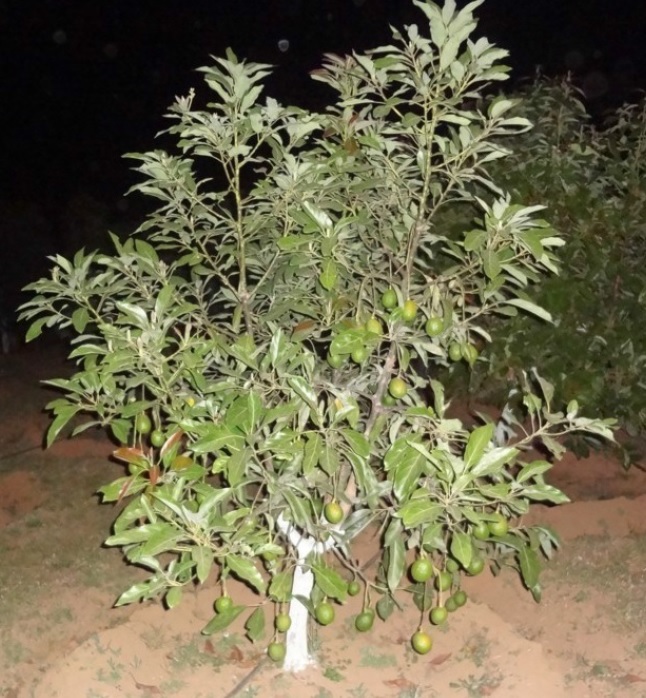
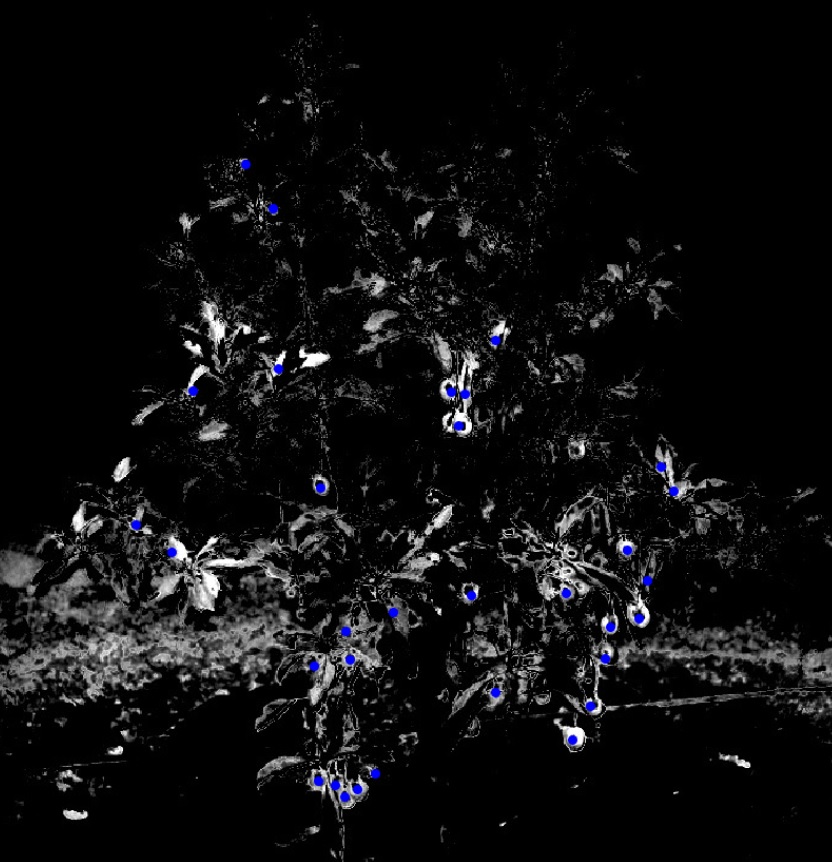
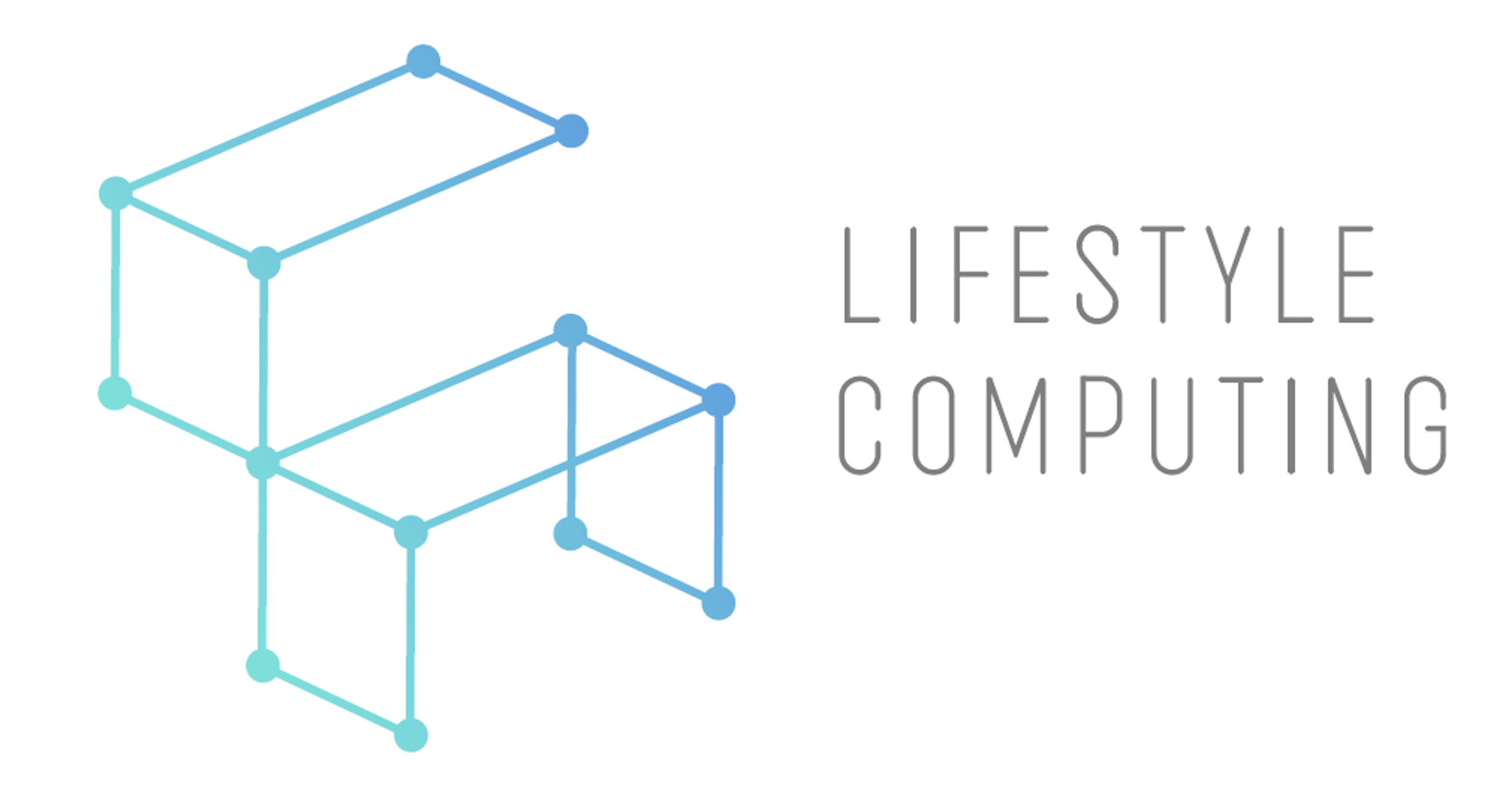 Lifestyle Computing Lab, Keio University
Lifestyle Computing Lab, Keio University
Healthcare Applications with Google AIY Vision Kit
Our research lab focus to keep or enhance physical abilities which reduce with age through exercise with information technologies. Through this, we can expect ”Elongation of healthy life expectancy” that allows us to live a life in an independent and healthy condition by reducing the risk of fall fractures or disease onsets.
Recently, Google released "Google AIY Vision Kit". This tool kit consists of a small camera and Raspberry Pi, so users can easily handle and customize the image recognition device through the kit. In this demo, we show two types of healthcare application. The first application is the game for supporting a squat. The squat is an important exercise for your health because nearly all muscles of the body are used in the squat. We thought the squat with a smile is efficient in mental healthcare as well. Our system can detect a user’s face, and calculate the smile level. The game score is defined by the smile level and how times the user squats. The user competes for the score between other users. And, the best smile of the user is taken by a camera and posted to the slack. Therefore, the system can enhance communication in the working environment. The second device is the system for recording the diet. In the DVS (Dietary Variety Score), it is defined as 10 of the food group, which is good for the health. User takes a picture of his diet, and the system detects which the food group is included in the diet. The system records the data, and the user can monitor his health. We will show these demos as examples of real-world services using the kit.
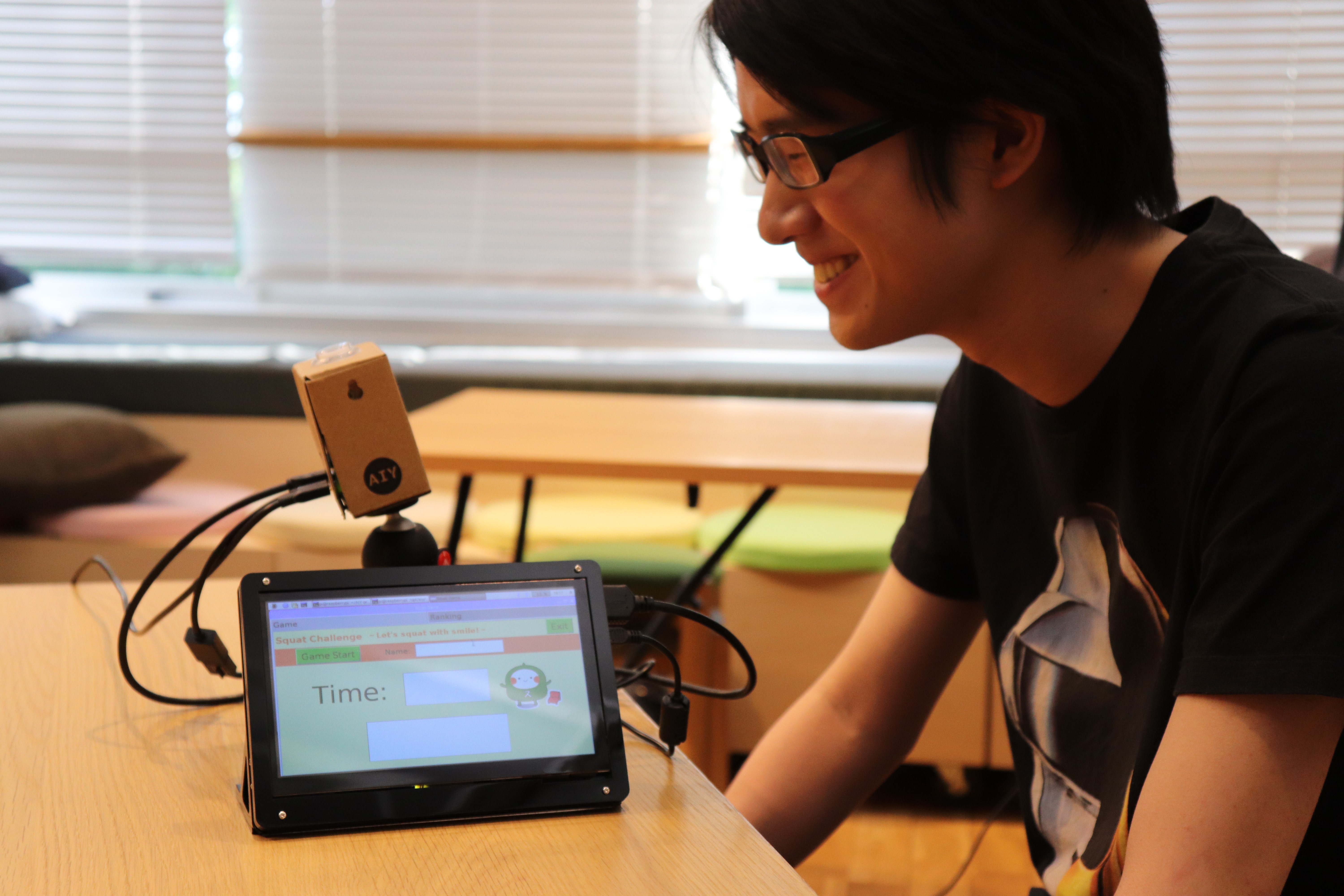
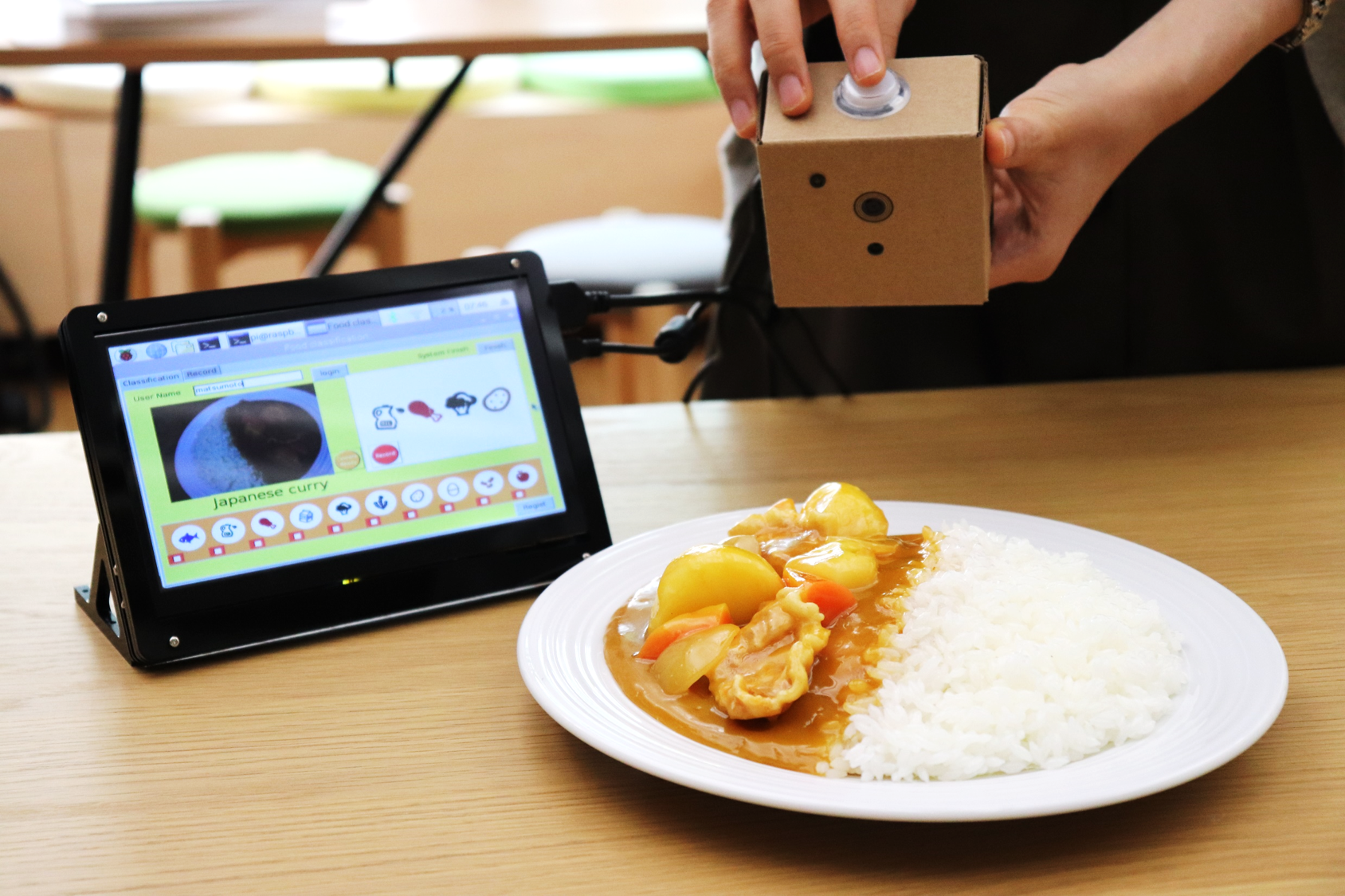

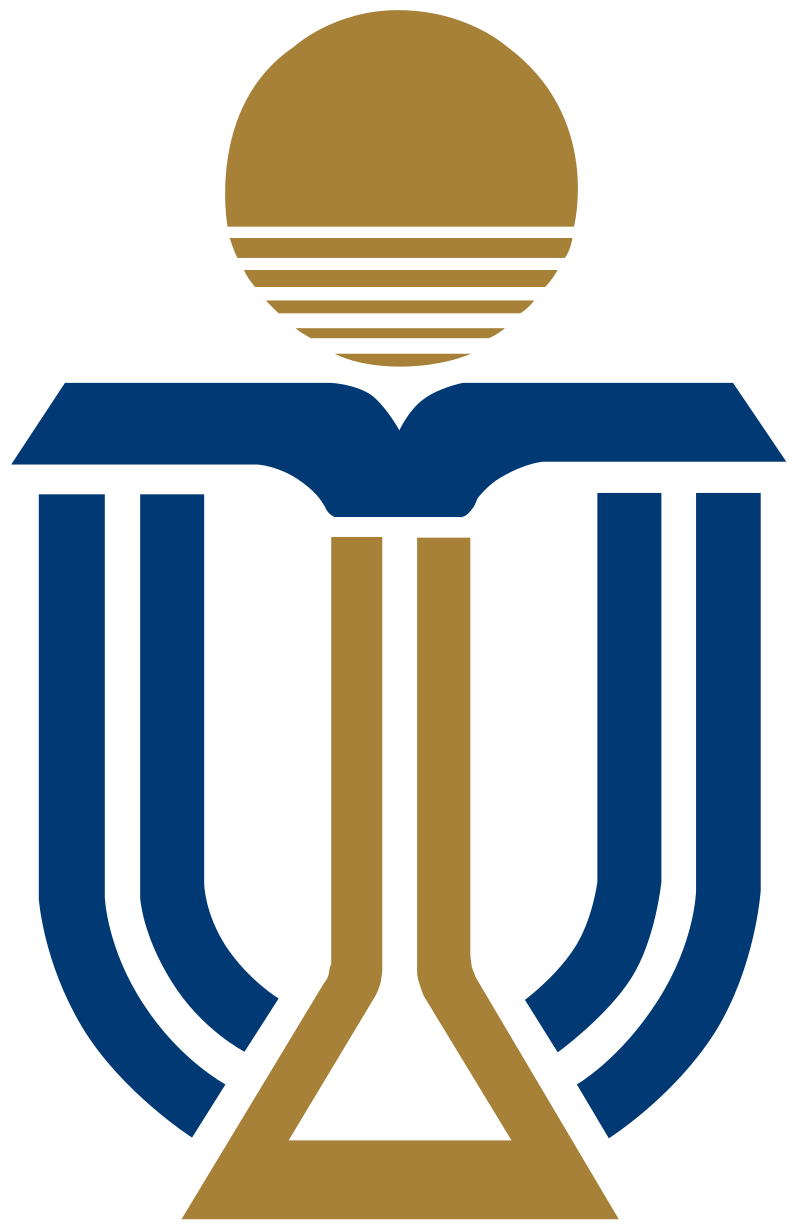 Electrical and Mechanical Services Department, Hong Kong S.A.R. Government
Electrical and Mechanical Services Department, Hong Kong S.A.R. Government
Smart Fever Screening System for Health Clearance
Thermal imaging systems are in place at boundary control points of many Asian countries which assist the quarantine authorities to perform fever screening on travellers. While it is an effective measure for identifying febrile subjects and has been adopted for screening large quantity travellers since the outbreak of SARS in 2003, existing fever screening by thermal imaging systems involve considerable manual input for operation which the detection outcome could be affected by human error and fatigue. In addition, operators inevitably have close contact with travellers and are more prone to infection. The consequences are compromised fever screening accuracy and lessened health clearance efficiency.
The Smart Fever Screening System uniquely integrates thermal imaging, computer vision and pattern recognition for reducing manual effort and effectively identifying useful thermal information related to fever. The automatic fever detection and tracking function not only assists to enhance health clearance efficiency at boundary control points but also lowers the risk of operators contracting infectious diseases. Other than boundary control points, the Smart Fever Screening System can also be applied in hospitals, clinics, elderly centres and schools. A patent for the design of the system has already been filed.
External Link: https://www.emsd.gov.hk/
https://ieda.ust.hk/eng/index.php
 Cookpad Inc.
Cookpad Inc.
Searching Recipes by Ingredients using Augmented Reality
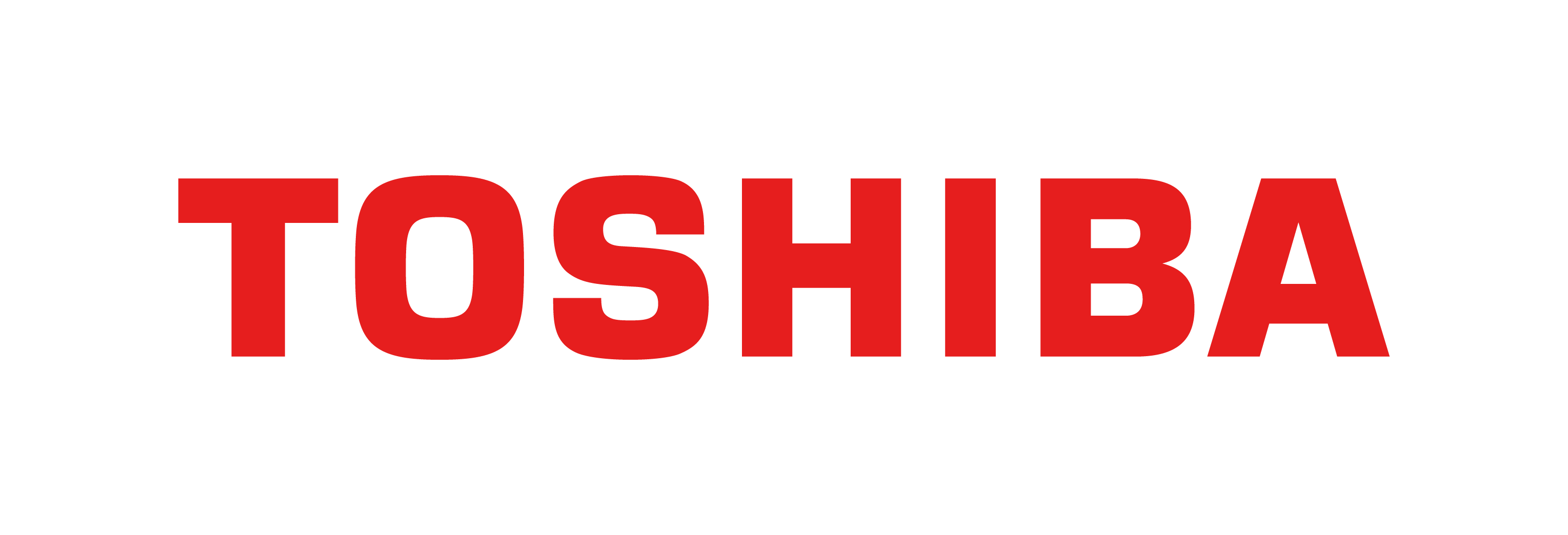 Toshiba Corporation
Toshiba Corporation
Toshiba Research and Development on Computer Vision and Pattern Recognition
Toshiba R&D focuses on computer vision and pattern recognition technologies for various applications such as autonomous vehicle, robot, and surveillance. In this session, we would like to show overview of our cutting edge researches. Among them, we demonstrate single shot depth estimation technique. This technique achieves high-precision distance/range detection, comparable to that of a stereo camera, through the combination of a lens device and image processing. Please come to our booth if you are interested in our researches.
External Link: https://www.toshiba.co.jp/rdc/index.htm
